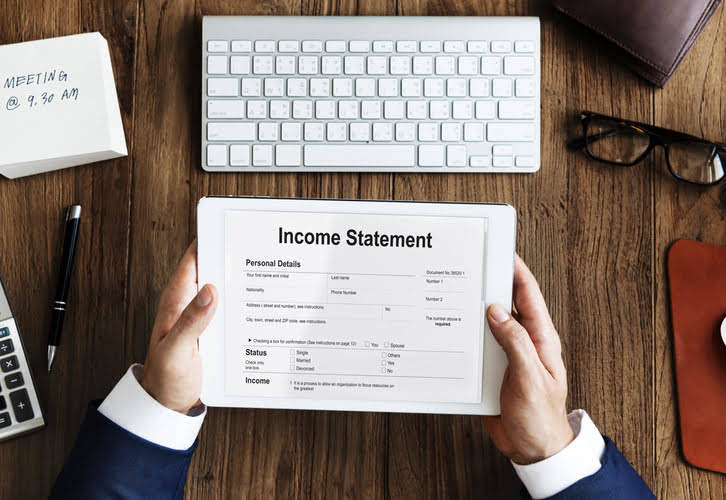
The original purchase price is a concrete figure, easily traceable through invoices and receipts, making it less prone to manipulation or error. It is important for stakeholders to critically assess the limitations and implications of the Cost Principle when interpreting financial statements. They should consider the specific circumstances of the business and industry in question, as well as any subsequent revaluations or impairments of assets that may impact the accuracy of the reported values. Lastly, the Cost Principle offers transparency in financial reporting. By recording assets at their original cost, the principle provides a clear audit trail and facilitates the traceability of transactions. This transparency helps prevent manipulation or misrepresentation of financial information, contributing to the integrity of financial reporting practices.

The Accounting Equation
- A general ledger is a comprehensive listing of all of a company’s accounts with their individual balances.
- One side ofeach account will increase and the other side will decrease.
- By valuing assets at the price paid when they were acquired, businesses are able to track how the cost to acquire those assets is changing over time.
- There are some other accounting methods that can be compared to the cost principle.
- Additionally, the Cost Principle can create complexities in comparing the financial statements of different companies.
Table 3.1 shows the normal balances and increases for each account type. The cost principle, also known as the historical cost principle, states that virtually everything the company owns or controls (assets) the cost principle is used must be recorded at its value at the date of acquisition. For most assets, this value is easy to determine as it is the price agreed to when buying the asset from the vendor.

Debits and Credits

Using the cost principle will still record the original cost of the asset. Marketable securities are often held, waiting to be sold at the right moment. This means that their true value is constantly viewed and reviewed. This allows for an accurate representation of the worth of the company’s assets. We define an asset to be a resource that a company owns that hasan economic value. We also know that the https://x.com/BooksTimeInc employment activitiesperformed by an employee of a company are considered an expense, inthis case a salary expense.

Our Review on The Credit One Credit Card
- When should Lynn recognize the revenue, on August 10 or at the later payment date?
- It enables investors, creditors, and other users of financial information to make informed decisions based on reliable and consistent information.
- Let’s consider the followingexample to better understand abnormal balances.
- In applying their conceptual framework to create standards, theIASB must consider that their standards are being used in 120 ormore different countries, each with its own legal and judicialsystems.
- Especially for appreciating assets that were purchased years ago like real estate.
Because appreciation adds value, it begins to outweigh the cost (or the value) of the asset. This is avoided in depreciation, because the amount of depreciation can be listed equally on the balance sheet. This is a practical method of accounting when considering depreciation and its effects on the business. It allows the value of an asset to remain the same over its useful life.

Historical Cost vs. Fair Value
When you’re looking for accounting software, you want something that will allow your business to remain GAAP compliant. The cost principle is a https://www.bookstime.com/articles/percentage-of-completion-method large part of being compliant, and any good software will include it. Additionally, many of these options will allow you to store documents that justify the cost recorded on the balance sheet. If you plan on using the cost principle, plan on using reputable accounting software.
- The essence of the Cost Principle lies in its emphasis on the historical, verifiable cost of assets at the time of acquisition, contributing to the reliability and consistency of financial reporting.
- Instead of paying the full retail price of $30,000, it only had to pay $23,000.
- In fact, if a company were to sell its assets, the sale price might bear little relationship to the amounts recorded on its balance sheet.
- However, using specific accounting techniques listed below, they can be taken into account.
- The IRS outlines depreciation schedules for taxpayer use, and a trained accountant can also implement them.
- A generalledger is a comprehensive listing of all of a company’saccounts with their individual balances.
Intrinsic Value vs. Current Market Value: What’s the Difference?
- An account is arecord showing increases and decreases to assets, liabilities, andequity—the basic components found in the accounting equation.
- The procedural part of accounting—recording transactions right through to creating financial statements—is a universal process.
- Any depreciation of assets creates recurring tax benefits for business, as depreciation can be offset against the business’s income.
- When using the cost principle, an asset’s value is easy to determine.
- As assetsand expenses increase on the debit side, their normal balance is adebit.
- Using the cost principle will still record the original cost of the asset.
In 2006, Google bought YouTube for $1.65 billion as one of the most significant tech acquisitions. As per Cost Principle in the book of Google, the value of YouTube will be shown as $1.65 billion. We collaborate with business-to-business vendors, connecting them with potential buyers.

